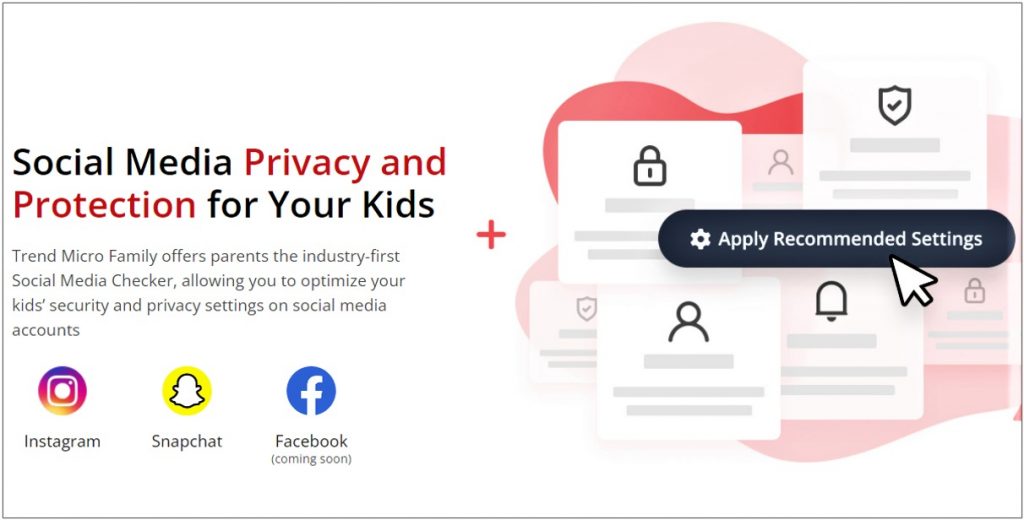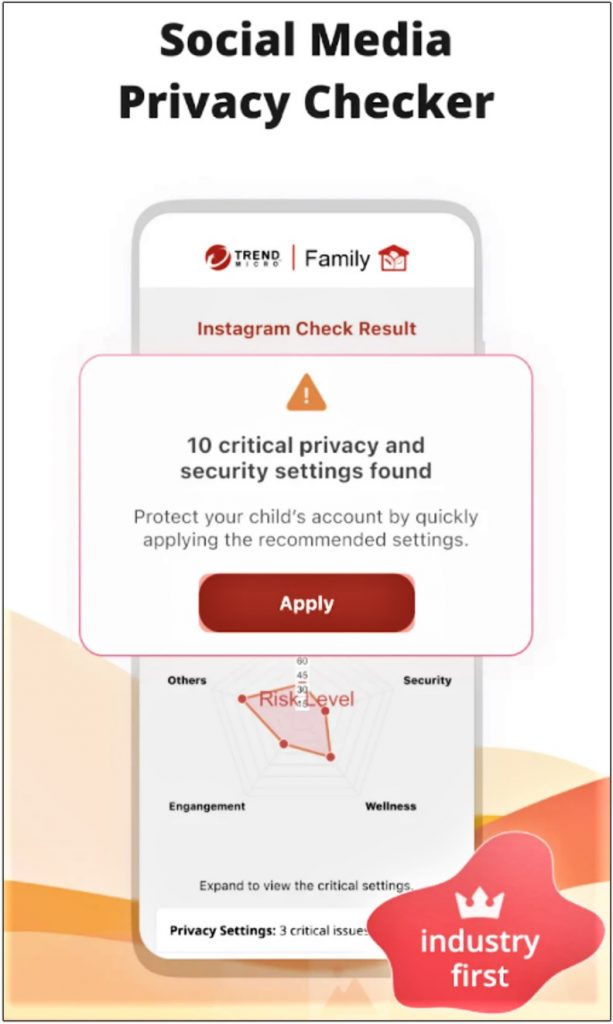February 8th was Safer Internet Day (SID), the flagship campaign of the European Strategy for Better Internet for Children. The annual day calls on all digital citizens to work together in making the internet a safer place — in particular for children and young people.
SID has been going since 2004, during which time it has grown to become a global, community-led event, celebrated by millions of young people, parents & carers, educators & social workers, and industry & government across more than 200 countries. As digital connectivity continues to become the norm in our everyday realms of private, public, work, and play, the effort to curate a safer internet for all is more important than it’s ever been.
On Digital Citizenship
Initiatives like Safer Internet Day are part of a broader effort to promote good digital citizenship. Our basic societal ethics took several thousands of years to reach their current norms, while progress in the realms of race, gender and sexuality has mostly been won in the last two centuries. When it comes to digital citizenship however, ethics has been playing catch-up with the latest technological advancements.
Digital citizenship is an umbrella-term which first started appearing in the 1990s but has since evolved with research and development. We might define it as “displaying appropriate and responsible behavior when using digital technology”. In the much cited 2007 book, Digital Citizenship: The Internet, Society, and Participation, it is defined by Karen Mossberger et al. as “the ability to participate in society online”.
Elsewhere, referencing the work of noted digital citizenship expert, Mike Ribble, digital citizenship is helpfully divided into nine categories:
- Access: Full electronic participation in society.
- Etiquette: Electronic standards of conduct.
- Commerce: The electronic buying & selling of goods.
- Rights & Responsibilities: The freedoms extended to everyone in the digital world.
- Literacy: The process of educating about technology and its uses.
- Law: Electronic legal responsibility for one’s actions.
- Communication: The electronic exchange of information.
- Health & Wellness: Physical and psychological well-being in a digital world.
- Security: Electronic precautions to guarantee our safety and that of others.
Teaching Digital Citizenship
If there’s one thing to bear in mind, it’s the sooner the better!Given thatmany children are using smartphones before even the age of five, “the need for parents to introduce media literacy at a young age [is] greater now than ever before”, says Professor Dean Cantu. Parents and educators can start with the basics too, for example by helping young children to decipher between lived reality on the one hand — and the curated (often entirely fictional) reality we see through a digital lens.
Some further digital citizenship talking points we can all agree on are as follows:
Remember the Golden Rule
Everyone is familiar with the “golden rule”, and it occurs in almost every culture throughout history (treat others as you’d like them to treat you — for those who aren’t). Sometimes we all need a gentle reminder. Also, make sure your child knows what a healthy friendship looks like — and that this applies online too.
Be Positive, Be Honest
Encourage children to censor their messages and posts so that they are not negative or abusive. They should avoid posting anything that counts as gossip and rumor. Kids also should know what cyberbullying is, and know how to recognize it if they are being victimized — and who to tell.
Think Before Posting
Teaching your child to pause and think about their posts, pictures, and written communication is central to good digital citizenship. They need to know that once it’s sent, there’s no going back.
Avoid Digital Drama
Learning how to exit a conversation or digital bubble when things are getting abusive is crucial to well-being and mental health. Children need to know how to take a breather — to sign off instant messaging, ignore a text, or detox for a while.
Be Skeptical
With the proliferation of rumors, fake news, conspiracy theories, and general disinformation, it’s more important now than ever to teach children to practice healthy skepticism whenever they come across content online.
Beware Your Digital Footprint
Children need to know that their digital identity is valuable to a lot of bad people. Being a good digital citizen means:
- Sharing only as much personal information as necessary.
- Keeping privacy settings up to date on social media sites.
- Keeping passwords private, strong, and secure.
- Checking and optimizing the location settings and services on smartphones, tablets and apps.
Helping Families Become Good Digital Citizens
Trend Micro have been very encouraged by the success of our Internet Safety for Kids and Families philanthropic program, which was founded in 2008 and has now reached over 3 million students, parents, and teachers in 20 countries. Its Cyber Academy is a fun interactive series for kids and their parents on internet safety and digital wellness.

We’ve also been very excited about our new Trend Micro Family product, a complimentary digital wellness solution that has linked apps for both parents and kids — as well as a simple Chrome extension for ease of use.
Its Key Features Include:

Social Media Checker:
An industry-first, Trend Micro Family recommends the best security and privacy settings for social media accounts, which ensures your children won’t be endangering themselves online. Currently supporting Instagram and Snapchat, platforms like TikTok and Facebook are also in the works.
Content Filters:
Our real-time AI blurs inappropriate images in search results and social media feeds, as well as inappropriate videos on YouTube and elsewhere.
Locked Doors:
Trend Micro Family blocks age-restricted YouTube videos and channels. It also blocks access to malicious/explicit websites.
Combatting Data Collection:
Our app blocks ads too, whilst also preventing third-party trackers from gaining data on your children.
All-in-One Parenting Tool: You’ll be able to find out what interests or worries your children, with updates from Trend Micro on what they’re searching for & browsing, what they’re viewing, and even locations they have visited.
We hope this article has been a good read, folks. As always, if it’s been of use and/or interest to you, please do SHARE it with family and friends to help keep the online community secure and protected.

